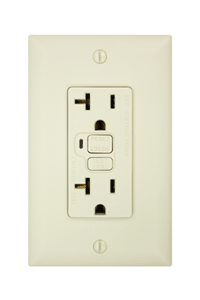 Needlestick and other sharps injuries are a serious hazard in any healthcare setting. Contact with contaminated needles, scalpels, broken glass, and other sharps may expose healthcare workers to blood that contains pathogens which pose a grave, potentially lethal risk.
Needlestick and other sharps injuries are a serious hazard in any healthcare setting. Contact with contaminated needles, scalpels, broken glass, and other sharps may expose healthcare workers to blood that contains pathogens which pose a grave, potentially lethal risk.
Author: Randy
Noise and Hearing Loss Prevention
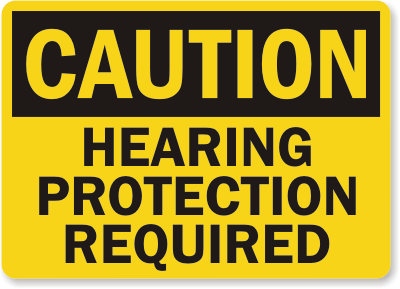 Occupational hearing loss is the most common work-related injury in the United States. Approximately 22 million U.S. workers exposed to hazardous noise levels at work, and an additional 9 million exposed to ototoxic chemicals. An estimated $242 million is spent annually on worker’s compensation for hearing loss disability.
Occupational hearing loss is the most common work-related injury in the United States. Approximately 22 million U.S. workers exposed to hazardous noise levels at work, and an additional 9 million exposed to ototoxic chemicals. An estimated $242 million is spent annually on worker’s compensation for hearing loss disability.
via CDC – Noise and Hearing Loss Prevention – NIOSH Workplace Safety and Health Topic.
Smoking is a Thief of Health and Life
Construction Safety and Health
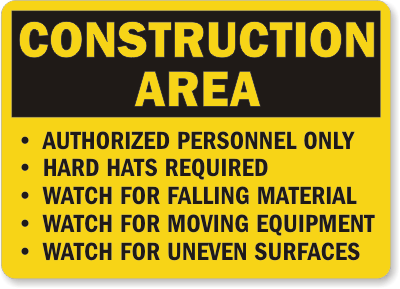 Construction workers build our roads, houses, workplaces, and repair/maintain our nations physical infrastructure. This work includes many hazardous tasks and conditions such as work at height, excavations, noise, dust, power tools and equipment, confined spaces and electricity.
Construction workers build our roads, houses, workplaces, and repair/maintain our nations physical infrastructure. This work includes many hazardous tasks and conditions such as work at height, excavations, noise, dust, power tools and equipment, confined spaces and electricity.
via CDC – Construction Safety and Health – NIOSH Workplace Safety and Health Topic.
The Dangers of Distracted Driving
Distracted driving is any activity that could divert a person’s attention away from the primary task of driving. All distractions endanger driver, passenger, and bystander safety. These types of distractions include:
- Texting
- Using a cell phone or smartphone
- Eating and drinking
- Talking to passengers
- Grooming
- Reading, including maps
- Using a navigation system
- Watching a video
- Adjusting a radio, CD player, or MP3 player
But, because text messaging requires visual, manual, and cognitive attention from the driver, it is by far the most alarming distraction.
via Distracted Driving | Facts and Stats | Texting and Driving.
Hazards of Powered Industrial Trucks
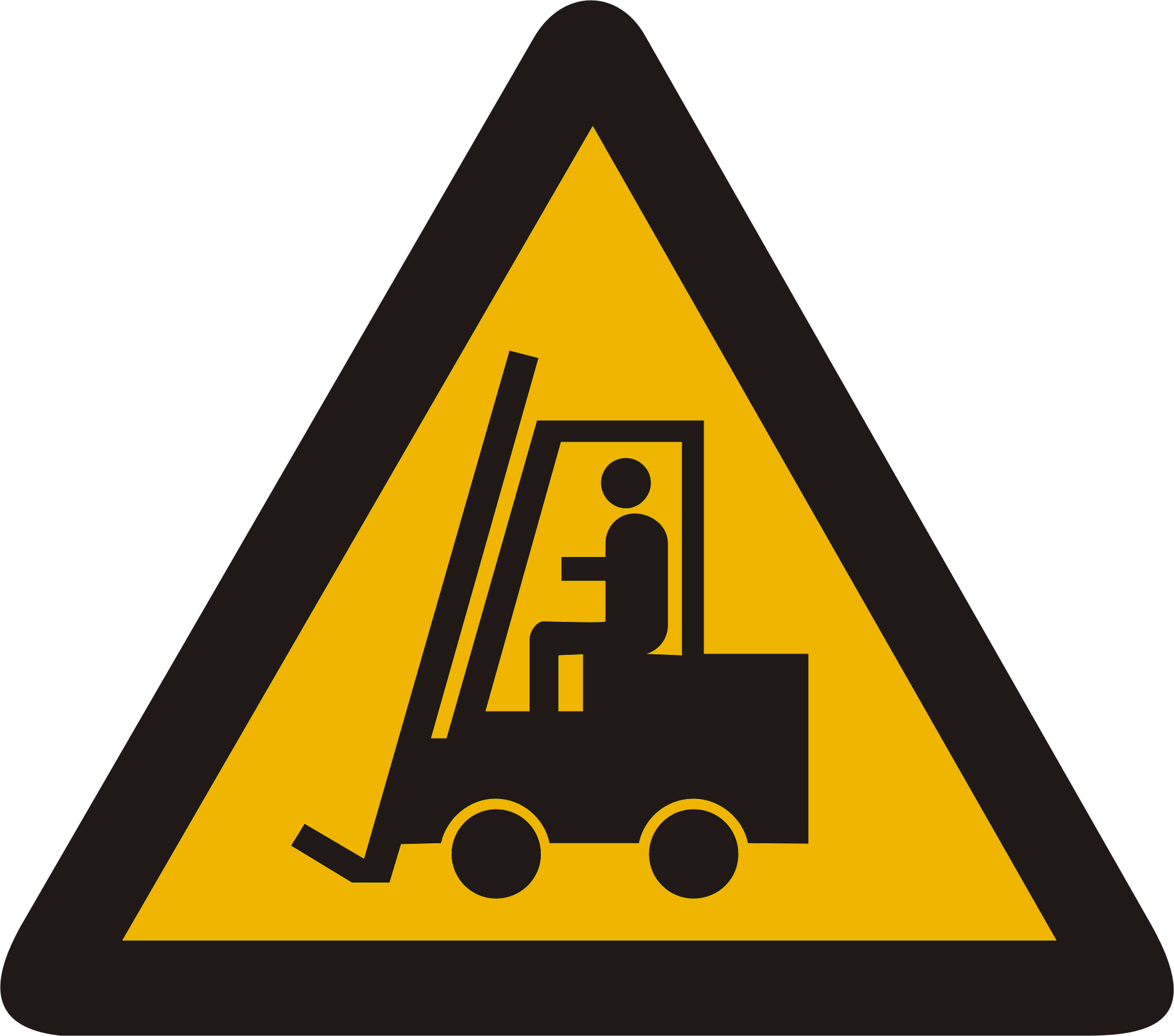 What are the hazards associated with operating powered industrial trucks?
What are the hazards associated with operating powered industrial trucks?
There are many types of powered industrial trucks. Each type presents different operating hazards. For example, a sit-down, counterbalanced high-lift rider truck is more likely than a motorized hand truck to be involved in a falling load accident because the sit-down rider truck can lift a load much higher than a hand truck. Workplace type and conditions are also factors in hazards commonly associated with powered industrial trucks. For example, retail establishments often face greater challenges than other worksites in maintaining pedestrian safety. Beyond that, many workers can also be injured when:
- lift trucks are inadvertently driven off loading docks
- lifts fall between docks and an unsecured trailer
- they are struck by a lift truck
- they fall while on elevated pallets and tines.
Electrical Safety – What is an Arc Fault and What Causes It
An arc-fault occurs when loose or corroded connections make intermittent contact and causes sparking or arcing between the connections. This translates into heat, which will break down the insulation of the wire and can be the trigger for an electrical fire.
Unlike a short circuit, that is a hot wire coming into contact with a ground or neutral wire, arcing may not trip the circuit breaker. If you’ve ever heard a switch buzzing, hissing, or popping, you’ll know what I’m talking about. In order to protect your home, an arc-fault circuit interrupter can be used to detect just such a problem.
Prevention through Design
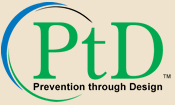 One of the best ways to prevent and control occupational injuries, illnesses, and fatalities is to “design out” or minimize hazards and risks early in the design process. NIOSH is leading a national initiative called Prevention through Design (PtD) to promote this concept and highlight its importance in all business decisions.
One of the best ways to prevent and control occupational injuries, illnesses, and fatalities is to “design out” or minimize hazards and risks early in the design process. NIOSH is leading a national initiative called Prevention through Design (PtD) to promote this concept and highlight its importance in all business decisions.
The concept of PtD can be defined as:
Addressing occupational safety and health needs in the design process to prevent or minimize the work-related hazards and risks associated with the construction, manufacture, use, maintenance, and disposal of facilities, materials, and equipment.
via CDC – Prevention through Design – NIOSH Workplace Safety and Health Topic.
High Blood Pressure – The Silent Killer
 About 1 in 3 American adults has high blood pressure, often called the “silent killer” because it usually has no symptoms but can increase chances of a heart attack, stroke and other medical problems.
About 1 in 3 American adults has high blood pressure, often called the “silent killer” because it usually has no symptoms but can increase chances of a heart attack, stroke and other medical problems.
via New Push to Tailor Treatment for High Blood Pressure – WSJ.com.
Young Workers – Tips to Stay Safe at Work
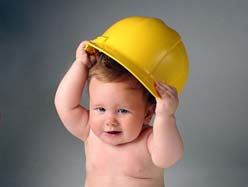 Workplace injuries are preventable. Here are a few tips to help you stay safe at work.
Workplace injuries are preventable. Here are a few tips to help you stay safe at work.
- If you are asked to do a task that you think is unsafe – you have the right to say NO and refuse to do the work.
- Get some training and learn how to identify hazards, manage risks and do the job safely before you start.
- Ask your supervisor to watch and check that you are doing the job the right way.
- Speak up and let supervisors know if you think a task is too dangerous or difficult for you.
- Ask questions and check with supervisors and co-workers when you aren’t sure or can’t remember how to do a job safely.
- Learn what to do and where to get help in an emergency.
- Always follow the safety rules and procedures.
- Always wear any personal protective equipment provided by your employer.
- Report all injuries (minor or major), occupational health & safety incidents and near misses.
- Look out for and report hazards.
- Keep an eye on your co-workers, especially if they are new to the workplace and don’t know all the occupational health & safety issues.
- Try to get a good night’s rest before heading into work. Feeling tired can lead to dangerous mistakes.
- If you have a safety concern, talk with more experienced workers such as supervisors, co-workers or your family to get some advice.



